I have a csv file with contents:
"x","y","-z"
When I import it I get:

How can I bypass this conversion?
Update
If you try:
"x","y",="-z,a"
The ",a" is not imported.
If you put a space in front:
"x","y",=" -z"
or
"x","y"," -z"
it will work fine
